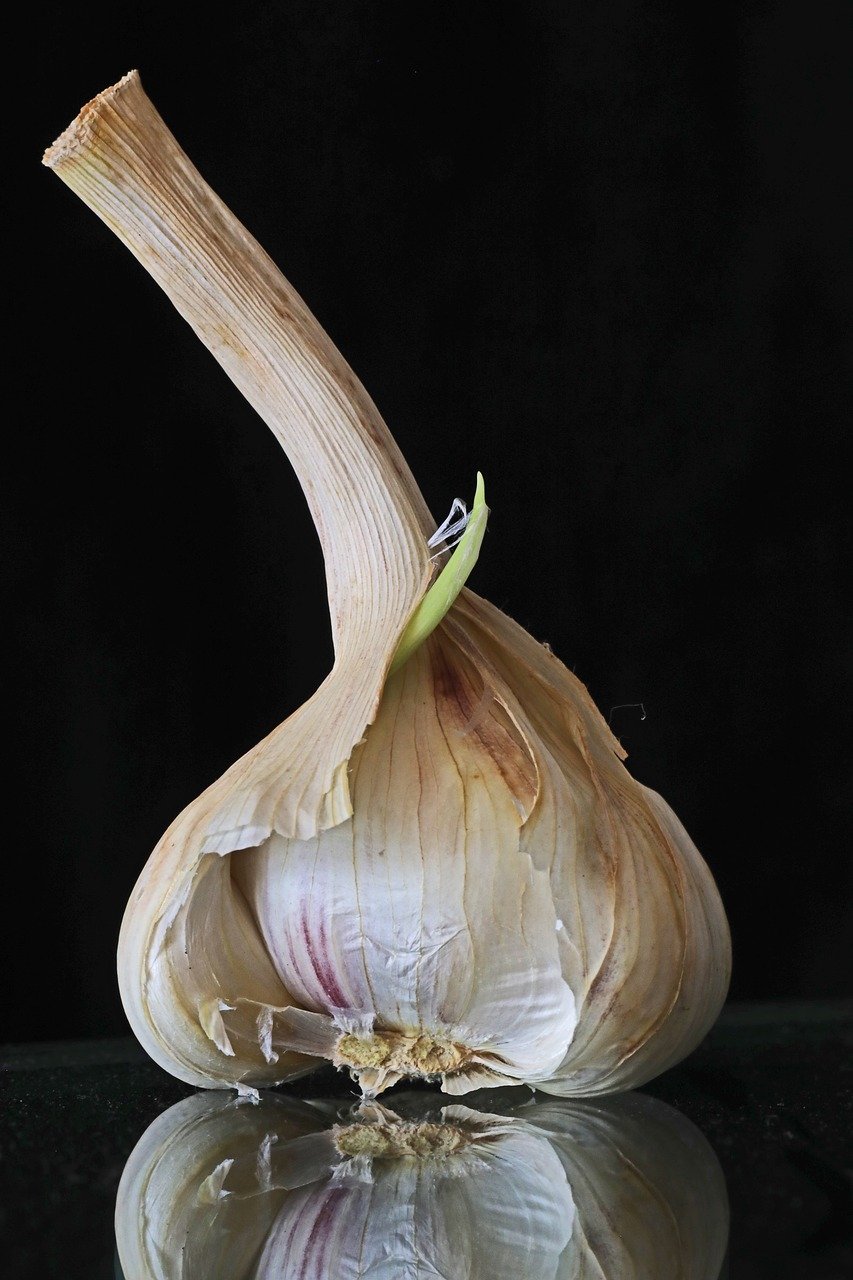Garlic is a popular choice for many gardeners in the Pacific Northwest. Pairing garlic with the right companion plants can enhance growth, deter pests, and improve flavor. Knowing which plants work well together can make a big difference in a garden’s success.
Certain herbs, vegetables, and flowers complement garlic nicely. For instance, some plants can naturally repel pests that might harm garlic, while others help improve its flavor. Understanding these relationships can lead to a healthier and more productive garden.
In this blog post, readers will discover ten of the best companion plants for garlic. These selections not only benefit garlic but also support overall garden health. Exploring these options can inspire gardeners to create a thriving PNW garden.
Benefits of Companion Planting with Garlic
Garlic offers many benefits when paired with other plants in the garden.
- Pest Control: Garlic’s strong smell can repel pests. Plants like roses and tomatoes thrive near garlic as it keeps harmful insects away.
- Nutrient Boost: Garlic improves soil health. When planted with legumes, it helps them fix nitrogen, enriching the soil for all nearby plants.
- Disease Prevention: Some studies show that garlic can reduce diseases in crops. For example, planting it near potatoes can help prevent blight.
- Space Efficiency: Garlic grows well in smaller areas. Companion planting allows gardeners to maximize space and yield.
- Flavor Enhancement: Some plants benefit from the taste of garlic. It can enhance the flavor of vegetables like carrots and beets when grown nearby.
By using garlic as a companion plant, gardeners can enjoy a healthier, more productive garden. The combination of pest control, nutrient improvement, and disease prevention makes it a valuable addition.
Selecting Companion Plants for Garlic
Choosing the right companion plants for garlic can enhance growth, attract beneficial insects, and improve soil health. Each group of plants serves a specific purpose, making it easier for gardeners to create a thriving environment.
Pollinator Attractors
Pollinator plants support garlic by attracting bees and other beneficial insects. These insects help with pollination, which enhances the growth of nearby plants.
Examples of good pollinator plants include:
- Borage: Known for its star-shaped blue flowers, borage draws in bees and also improves soil health with its deep roots.
- Lavender: With its fragrant flowers, lavender attracts various pollinators and serves as a beautiful addition to any garden.
- Flowering Herbs: Herbs like thyme and oregano bloom and attract pollinators, while providing culinary benefits.
Adding these plants can boost the health of garlic and other nearby crops.
Pest Deterrents
Choosing the right companion plants can help keep pests away from garlic. Certain plants naturally repel insects that harm garlic.
Effective pest deterrents include:
- Marigolds: These flowers emit a strong scent that wards off nematodes and aphids. They also attract beneficial insects that prey on pests.
- Chives: Their strong aroma can confuse pests, making it difficult for them to locate garlic. Chives also can improve the flavor of garlic.
- Nasturtiums: Planting nasturtiums can repel aphids and squash bugs while attracting beneficial insects like ladybugs.
These plants act as a natural barrier, promoting a healthier garlic crop.
Soil Improvers
Soil health is crucial for growing garlic. Certain companion plants can enhance soil quality and support garlic’s growth.
Notable soil improvers include:
- Clover: As a nitrogen-fixing plant, clover enriches the soil, making it ideal for garlic’s nutrient needs. It also prevents weeds.
- Comfrey: This plant helps improve soil structure. Its leaves can be used as mulch to contribute nutrients back into the soil.
- Buckwheat: Fast-growing and great for attracting pollinators, buckwheat improves soil by smothering weeds and creating a fertile top layer.
Integrating these plants into a garden helps create a rich and supportive environment for garlic.
Thanks for checking out the article! If you’re interested in other similar posts check out one of these:

